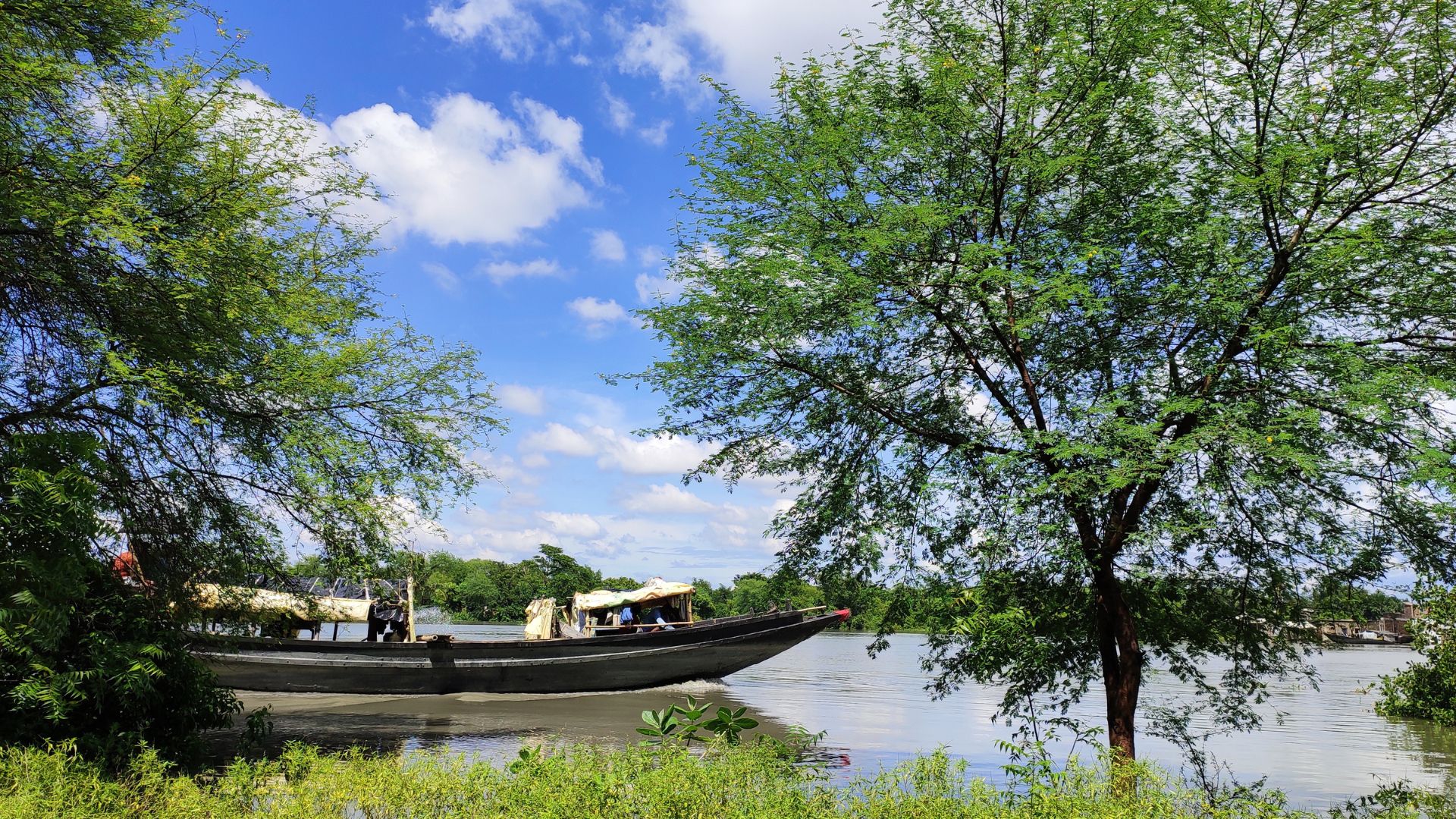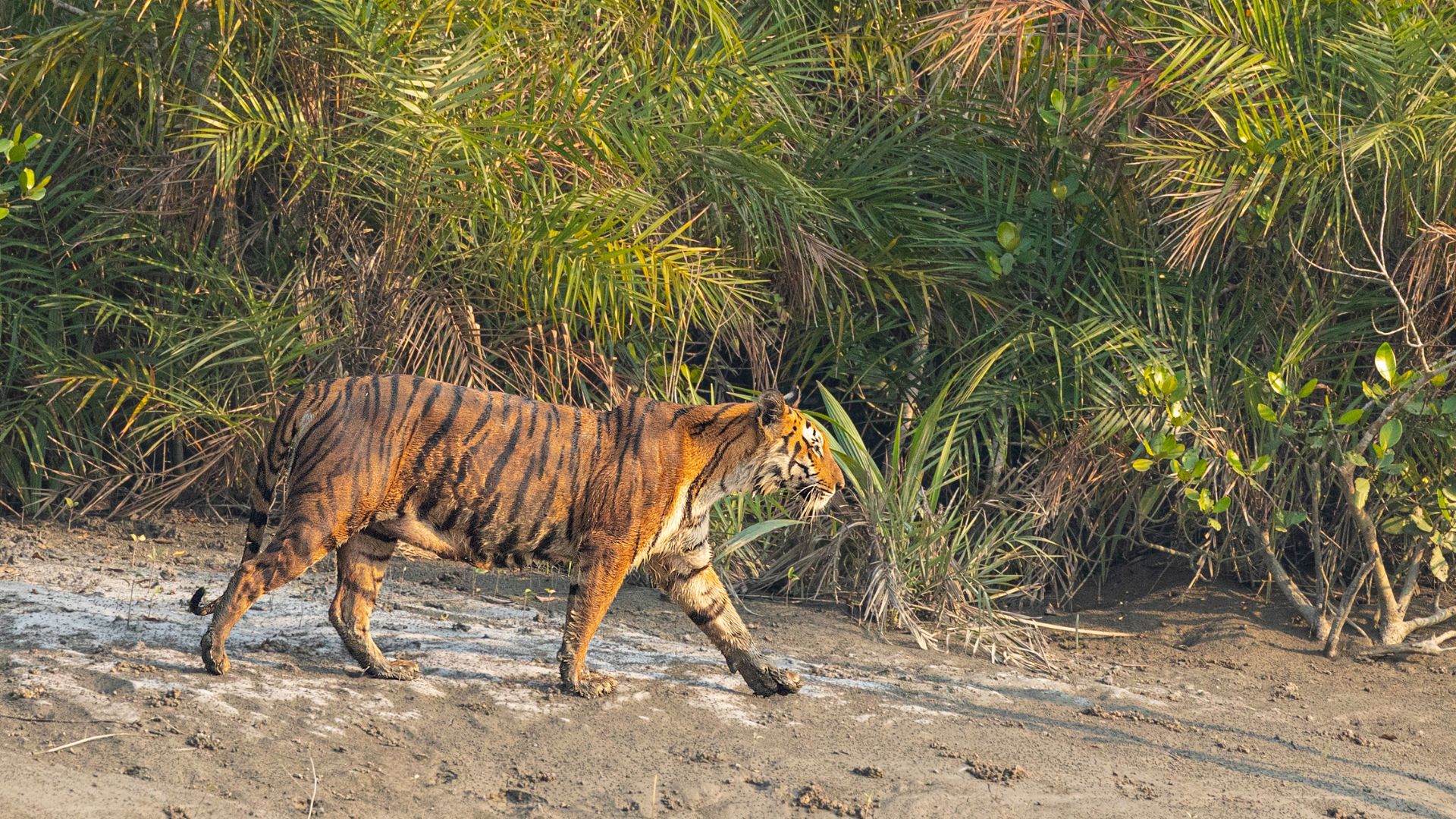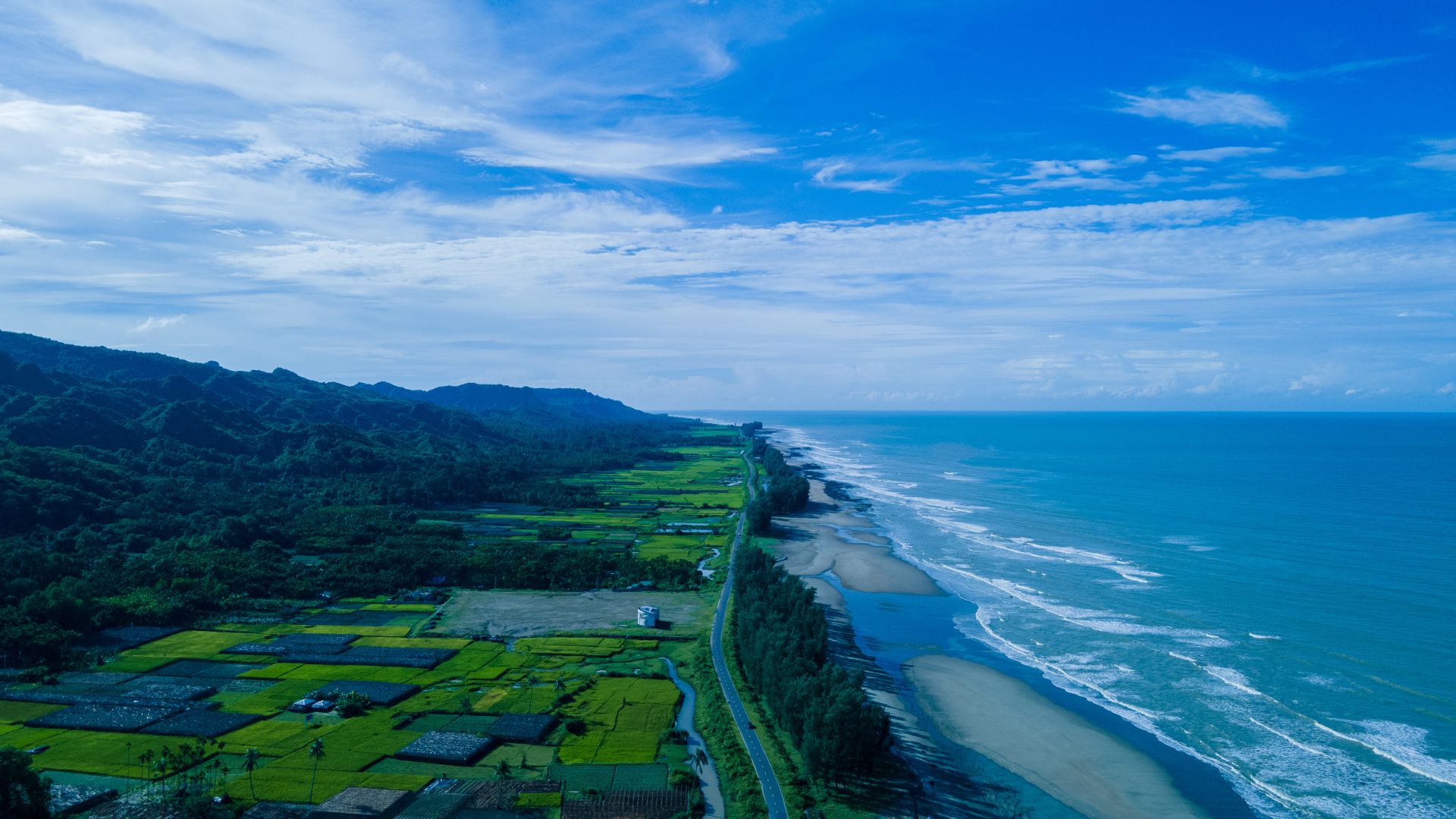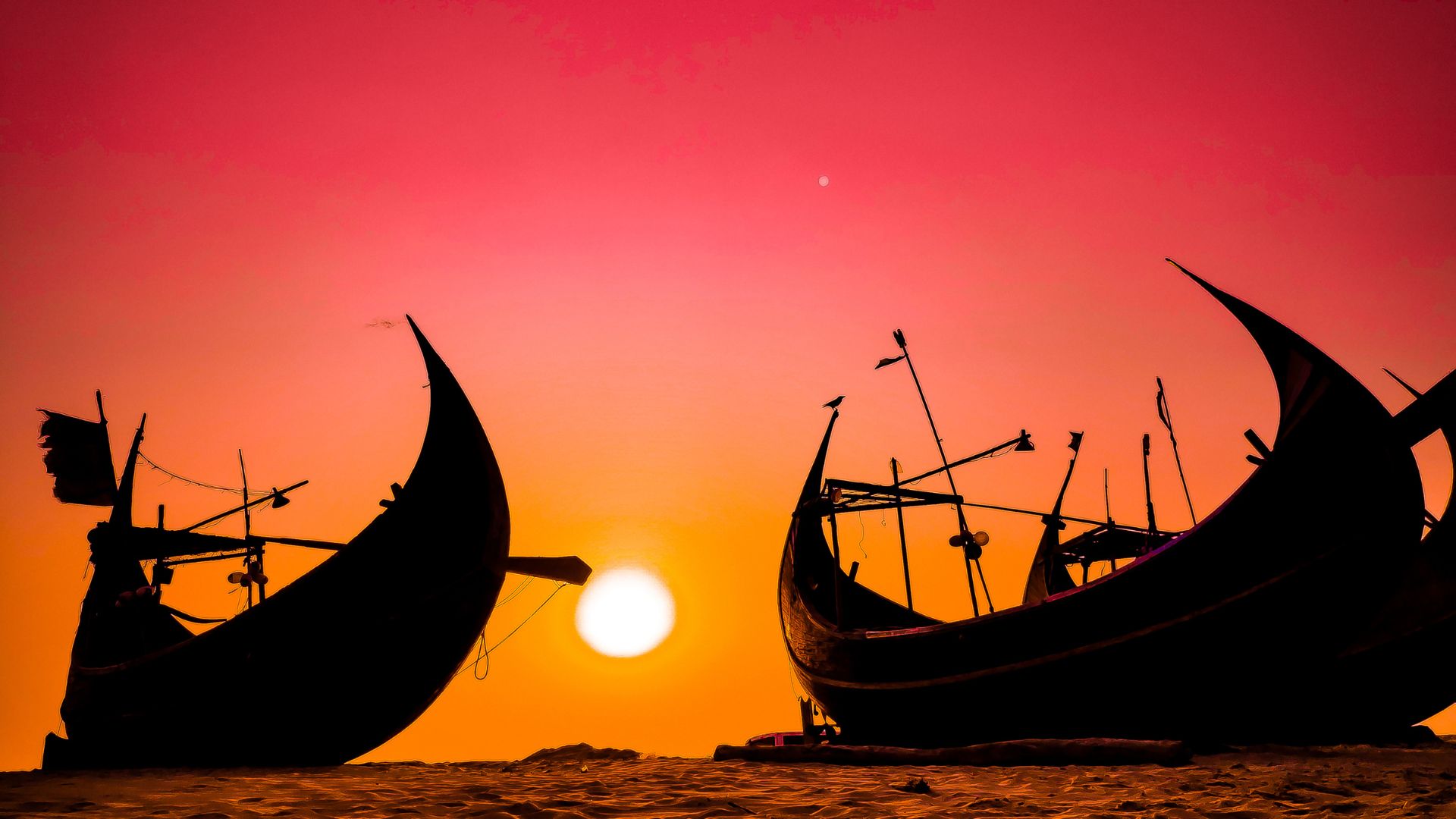Let me tell you a secret: I once traveled across Bangladesh for an entire week with less money in my pocket than most people spend on a single night at a fancy hotel. And you know what? It was the best trip of my life.
Here's the thing about Bangladesh – while everyone's busy chasing expensive international destinations, this country is sitting here quietly offering incredible experiences that won't require you to sell a kidney. But here's the catch: you need to know how to do it right.
Most travel guides will tell you Bangladesh is "affordable" and leave it at that. But I'm going to give you the real deal – the exact strategies, tips, and insider knowledge I've picked up from countless trips across this beautiful country. Whether you're a backpacker, a student on a tight budget, or just someone who believes that expensive doesn't always mean better, this guide is for you.
Tip 1: Master the Art of Local Transportation
Remember that scene from every travel blog where someone's sitting in a tourist taxi, watching the meter climb faster than their anxiety? Yeah, we're not doing that.
Here's what I learned the hard way: In Dhaka, a tourist taxi from the airport to Gulshan will set you back 800-1200 BDT. But a local bus? 20-40 BDT. That's not a typo. The same journey that costs you the price of a decent meal can be done for less than a cup of tea.
When I first visited Cox's Bazar, I made the rookie mistake of booking a "comfortable tourist coach" from Dhaka. Cost me 2000 BDT and yes, it had AC and fewer stops. But my friend who traveled the same route on a local bus paid 600 BDT, had way more interesting conversations with locals, and actually stopped at some amazing roadside eateries I completely missed.
Pro Transportation Strategy:
- Buses: Use local buses (20-50 BDT within cities) instead of Uber/taxis (200-500 BDT)
- Inter-city travel: Choose non-AC buses (400-700 BDT) over AC coaches (1200-2000 BDT)
- Rickshaws: Always negotiate before getting in. A ride that a local pays 20-30 BDT for shouldn't cost you 100 BDT
- CNGs: Share CNGs with other passengers (10-20 BDT per person) rather than hiring solo (80-150 BDT)
Bonus tip: Download the Pathao or Uber app. Their prices are fixed and often cheaper than haggling with random drivers. Plus, you don't have to worry about the "tourist tax."
Tip 2: Eat Where the Locals Eat (And Your Wallet Will Thank You)
I'll never forget sitting in a fancy restaurant in Sylhet, looking at a menu that wanted 800 BDT for biryani. Then I walked two streets over and found a small local spot where I got the same thing – probably better, actually – for 150 BDT.
In Chittagong, I discovered this tiny restaurant called "Mezban" near GEC Circle. A massive plate of kala bhuna with rice, dal, and vegetables cost me 180 BDT. The restaurant next door, with English on its sign? Wanted 650 BDT for the same meal.
Tip 3: Rethink Your Accommodation Strategy
Look, I get it. After a long day of traveling, the thought of a nice hotel with fluffy towels is tempting. But here's what I learned: in Bangladesh, the difference between "adequate" and "luxury" is about 3000 BDT, but the difference in your actual comfort? Maybe 10%.
In Cox's Bazar, prime season, hotels near the beach charge 4000-8000 BDT per night. But venture just 10 minutes away, and you'll find clean guest houses for 800-1500 BDT. Same beach, same sunset, just less marble in the lobby.
When I visited Bandarban, I stayed at a local guest house run by a lovely family for 1000 BDT per night. The tourist hotels? 3500-5000 BDT. My view was just as good, and I got homemade breakfast and evening tea included.
Tip 4: Travel Off-Season – Timing is Everything
Want to know the difference between going to Cox's Bazar in December versus going in August? About 3000-4000 BDT per day.
Everyone goes to Cox's Bazar between October and March. Hotels jack up prices, restaurants charge more. But June to September? Ghost town. And yes, it rains sometimes, but not all day, every day.
I visited Bandarban in July – mid-monsoon. Paid 1200 BDT for a hotel that charges 3500 BDT in November. The waterfalls were fuller, the hills were greener, and I had trails almost to myself. Worth getting a little wet.
Off-Season Savings:
- Accommodation: 40-60% cheaper
- Transport: Buses less crowded, sometimes offer discounts
- Food: Restaurants hungry for business, better deals
- Activities: Tour operators willing to negotiate
Tip 5: Cut Out the Middlemen
Story time: My first Sundarbans trip, I booked through a "tour operator" who promised everything. Paid 12,000 BDT for a 2-day trip. Later found out I could have arranged everything directly – boat, guide, food, accommodation – for 6,000 BDT.
The tour industry in Bangladesh has lots of middlemen who add their cut without adding value. Learn to book directly:
- Hotels: Call directly instead of using booking sites (save 10-15%)
- Transport: Buy bus tickets at the counter, not through agents
- Tours: Contact local guides directly through Facebook groups or recommendations
- Activities: Negotiate directly with boat owners, drivers, etc.
Yes, it takes more effort. Yes, you might need to speak some Bengali. But the savings are real.
Tip 6: Cash is King, Tourist Areas are Expensive
This is simple but people mess it up constantly. That convenience store right next to the beach in Cox's Bazar? Charging 50 BDT for a bottle of water that costs 20 BDT three streets away.
In Sreemangal, tea gardens charge tourists 30 BDT for a cup of tea. Walk 200 meters to the local tea stall? 10 BDT for better tea.
The Geography of Prices:
- Beach/tourist areas: Everything 2-3x normal price
- Main roads: Marked up but not crazy
- Side streets: Local prices
- Residential areas: Cheapest
Always carry cash. Many local places don't take cards, and the ones that do often add a "convenience fee." ATM fees add up too – withdraw larger amounts less frequently.
Tip 7: Group Travel = Shared Costs
Math time: Hiring a CNG for a full day in Sylhet costs about 2000-2500 BDT. Solo traveler? You're paying it all. Four people? Suddenly it's 500-625 BDT per person.
Same with boats in Ratargul (1000 BDT split 6 ways = 167 BDT each), hotel rooms (twin sharing halves the cost), even meals at certain restaurants (family-style ordering is cheaper).
Don't have travel buddies? Join Facebook groups like "Bangladesh Travelers" or "Backpackers Bangladesh." People organize group trips constantly. I've joined random groups and made great friends while saving money.
Tip 8: Nature is Free (And It's the Best Part)
Here's a truth bomb: The best things to see in Bangladesh don't charge entry fees. Seriously.
Ratargul Swamp Forest? Free. Walking through the tea gardens of Sreemangal? Free. Beaches in Cox's Bazar? Free. Watching the sunset at Kuakata? Free.
In Srimangal, I spent a full day cycling through tea gardens. Rented a cycle for 100 BDT, packed lunch from local shop (80 BDT), and had one of the most memorable days of my trip. Total cost: 180 BDT.
The Sundarbans is the major exception – you need permits, guides, boats. But even there, choosing a budget tour (8000 BDT) over a luxury one (40,000 BDT) gives you 90% of the same experience.
Tip 9: Learn Basic Bengali – Your Secret Weapon
This might seem trivial, but knowing just 10-15 Bengali phrases has literally saved me hundreds, if not thousands of taka across multiple trips.
When you ask "daam koto?" (how much?) instead of "how much?", something magical happens. Vendors realize you're not a clueless tourist. The "foreigner tax" often disappears.
Essential Money-Saving Phrases:
- "Daam koto?" – How much? (polite, shows you're not ignorant)
- "Onek daam" – That's expensive (works better than "too expensive")
- "Kom korte parben?" – Can you reduce it? (negotiation starter)
- "Local daam ki?" – What's the local price? (magic words)
- "Onek dhonnobad" – Thank you very much (makes everyone happy)
I've had rickshaw drivers drop their price from 100 BDT to 30 BDT just because I asked in Bengali. Hotel owners throw in free breakfast. Restaurant owners give bigger portions.
It's not about fluency – it's about effort and respect. Bangladeshis appreciate when foreigners try to speak the language.
Tip 10: Embrace Local Banking and Get a SIM Card
It's 2024, and yet I still see tourists exchanging money at terrible rates, getting charged ATM fees, and using roaming internet that costs more than their flight.
The Smart Money Move:
- SIM Card: Get a Grameenphone or Robi SIM at the airport (150 BDT). 1GB data costs 50-100 BDT vs. international roaming's ridiculous rates
- Mobile Banking: Learn to use bKash or Nagad. Many small vendors prefer it and sometimes give discounts for digital payment
- ATMs: Use Dutch-Bangla Bank ATMs (lowest fees). Withdraw larger amounts less frequently
- Currency: Exchange at banks or official money changers, not hotels or airports
Having Google Maps, translation apps, and the ability to quickly search for local prices saves money in countless ways.
Real Budget Breakdown: 3-Day Cox's Bazar Trip
Let me show you a real example of how this all works together:
Day 1:
- Bus from Dhaka (non-AC): 650 BDT
- Guest house: 1000 BDT
- Lunch: 120 BDT
- Beach activities: Free
- Dinner: 180 BDT
- Snacks/water: 50 BDT
- Total: 2000 BDT
Day 2:
- Breakfast: 60 BDT
- CNG to Inani (shared): 80 BDT
- Lunch at Inani: 150 BDT
- Beach time: Free
- CNG back (shared): 80 BDT
- Dinner: 200 BDT
- Snacks: 50 BDT
- Total: 620 BDT
Day 3:
- Breakfast: 60 BDT
- Morning beach walk: Free
- Lunch: 150 BDT
- Bus back to Dhaka: 650 BDT
- Snacks for journey: 80 BDT
- Total: 940 BDT
3-Day Total: 3,650 BDT
Doing the same trip the "tourist way"? Easily 15,000-20,000 BDT. And honestly? I probably had more fun because I ate better food and met more interesting people.
Final Thoughts: Budget Travel Isn't About Being Cheap
When you travel like a local – taking the same buses, eating the same food, staying in similar places – you actually get to see the real Bangladesh. You're not insulated from the country by air-conditioned cars and tourist hotels. You're in it, experiencing it, understanding it.
Bangladesh is one of the most affordable countries to travel in South Asia, but only if you know how to do it right. The country's real beauty isn't in expensive hotels or organized tours – it's in the countryside views from a local bus, in the perfectly spiced street food that costs less than a coffee, in the warm hospitality of ordinary people who'll help you find your way.
For more travel resources, check out the Bangladesh Tourism Board for official information.
Happy budget traveling! 🌍





